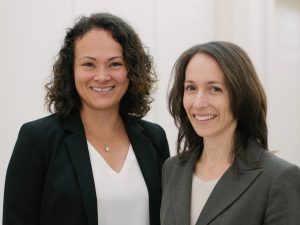A recent publication in Scientific Reports from the Lipke and Arnold Labs at Auburn University titled “A Microvascularized Tumor-mimetic Platform for Assessing Anti-cancer Drug Efficacy” reports on using the SynVivo microfluidic platform to develop and validate a three dimensional in vitro breast cancer model with a tumor-mimetic microvascular network. The model recapitulates the in vivo heterogeneity in tumor perfusion and resulting differences in cellular morphology, growth and drug responses.
This significant body of work resulted from the collaboration of Dr. Lipke’s tissue engineering background with Dr. Arnold’s cancer biology and drug delivery expertise.
According to Dr. Lipke “ Replicating the pathophysiological architecture and non-uniform drug distribution of native vascularized breast tumors is critical for a realistic tumor model. SynVivo’s microvascular networks provided just the right environment to monitor the therapeutic circulation in the vasculature, transport across the vessel walls, and delivery to 3D tumors, which renders it ideally suited as a platform for performing cellular assays and drug screening”.
Dr. Arnold agrees and adds, ”The ability of these engineered cancer tissues for long-term culture, heterogeneous morphology and anti-cancer drug response provides a unique perspective to understand how nanomedicines may interact with various tumors. This will enable development of therapeutics with improved efficacy and minimal toxicity while improving patient outcomes, thereby providing an in vitro model analogous to the heterogeneity observed in vivo”.
This vascularized tumor model provides a necessary platform for investigation of cancer-stromal-endothelial interactions, tumor metastases, drug delivery and efficacy for both pre-clinical research and translational outcomes.
Download the full publication below
A Microvascularized Tumor-mimetic Platform for Assessing Anti-cancer Drug Efficacy
Pradhan et al (2018) 8:3171 | DOI:10.1038/s41598-018-21075-9

